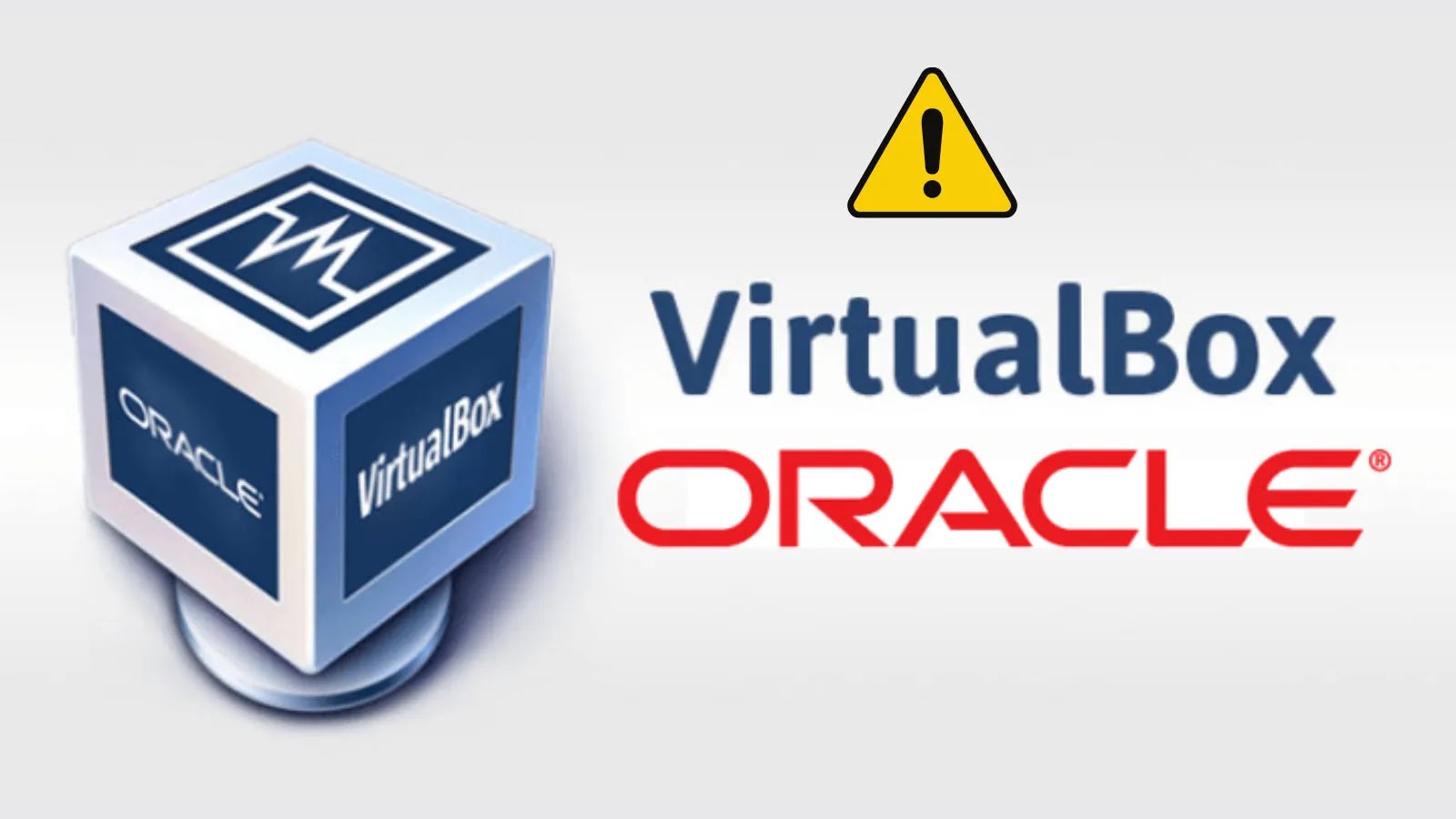
Multiple Oracle VM VirtualBox Vulnerabilities Enables Complete Takeover Of VirtualBox
Critical Oracle VirtualBox Vulnerabilities Expose Systems to Full Takeover
The virtualized environments that power modern IT infrastructure are often seen as isolated and secure. However, recent disclosures from Oracle reveal a serious chink in that armor. Multiple critical vulnerabilities have been identified within Oracle VM VirtualBox virtualization software, presenting a significant risk of complete compromise for affected systems. For IT professionals, security analysts, and developers relying on VirtualBox, understanding these threats and acting swiftly is paramount to maintaining a robust security posture.
Understanding the Threat: Multiple Vulnerabilities in VirtualBox Core
Oracle’s October 2025 Critical Patch Update (CPU) spotlighted several high-impact vulnerabilities within the Core component of VirtualBox. These flaws, specifically affecting versions 7.1.12 and 7.2.2, create a scenario where a high-privileged local attacker could gain full control over the VirtualBox environment. Such a takeover could compromise the confidentiality, integrity, and availability of guest systems and potentially the host system itself. The implications are severe, ranging from data theft and system manipulation to complete operational disruption.
Pivotal CVEs Behind the Critical Flaws
Among the critical vulnerabilities disclosed, several Common Vulnerabilities and Exposures (CVEs) stand out, particularly impacting the VirtualBox Core component. While the full list of CVEs impacting this specific take-over scenario wasn’t explicitly detailed in the source, it’s crucial to understand that vulnerabilities like CVE-2023-21956, CVE-2023-21952, and CVE-2023-21932 in previous VirtualBox updates have demonstrated similar high-privilege escalation capabilities. These types of vulnerabilities often leverage memory corruption issues or improper input validation to execute arbitrary code within the host context, bypassing the intended isolation boundaries of the virtual machine.
Impact of a VirtualBox Takeover
A complete takeover of VirtualBox allows an attacker to:
- Compromise Guest Data: Access, modify, or delete sensitive data stored within virtual machines.
- Escalate Privileges: Move from a compromised guest OS to the host OS, gaining control over the entire system.
- Install Malware: Deploy malicious software on both guest and host systems, including ransomware, rootkits, or surveillance tools.
- Disrupt Operations: Render virtual machines or the host system inoperable, leading to significant downtime and business interruption.
- Bypass Security Controls: Circumvent existing security measures designed to protect the virtualized environment.
The risk profile is particularly elevated for development environments, testing labs, and even production systems where VirtualBox is used for critical services.
Remediation Actions: Securing Your VirtualBox Environment
Given the severity of these Oracle VM VirtualBox vulnerabilities, immediate action is necessary to protect your systems. Proactive measures are the most effective defense against potential exploitation.
- Apply Patches Immediately: This is the most critical step. Oracle’s Critical Patch Updates (CPUs) contain fixes for these vulnerabilities. Update your VirtualBox installations to the latest secure versions as soon as possible. Specifically, check for updates beyond versions 7.1.12 and 7.2.2 that address the October 2025 CPU.
- Follow Least Privilege Principles: Ensure that users and processes interacting with VirtualBox operate with the absolute minimum necessary privileges. This reduces the attack surface if an attacker gains local access.
- Network Segmentation: Isolate VirtualBox host machines on a segmented network to limit lateral movement in case of a compromise.
- Regular Backups: Maintain regular, secure backups of both your VirtualBox configuration and your guest VM disk images. This allows for quick recovery in the event of a successful attack.
- Monitor Logs: Implement robust logging and monitoring for both host and guest systems. Look for unusual activity, unauthorized access attempts, or unexpected process executions.
- Disable Unused Features: Reduce the attack surface by disabling VirtualBox features that are not actively used, such as shared folders, USB device support (if not required), or specific network adapters.
Tools for VirtualBox Security and Monitoring
While direct patching is the primary remediation, several tools can assist in maintaining the security of your VirtualBox environments and detecting suspicious activity.
| Tool Name | Purpose | Link |
|---|---|---|
| Oracle VM VirtualBox | Official Software & Updates | https://www.virtualbox.org/wiki/Downloads |
| Security Information & Event Management (SIEM) | Centralized logging and anomaly detection for host and guest OS | (e.g., Splunk, ELK Stack, QRadar – specific vendor links vary) |
| Host-based Intrusion Detection Systems (HIDS) | Monitor host system for malicious activity, file integrity changes | (e.g., OSSEC, Wazuh – specific vendor links vary) |
| Vulnerability Scanners | Identify known vulnerabilities on host and guest OS | (e.g., Nessus, OpenVAS, Qualys – specific vendor links vary) |
Conclusion: Prioritizing Virtualization Security
The disclosure of these critical Oracle VM VirtualBox vulnerabilities serves as a stark reminder that even foundational virtualization platforms require continuous vigilance. Attackers constantly seek weaknesses in core infrastructure components, and a complete takeover of VirtualBox allows them to bypass many traditional security controls. By immediately applying Oracle’s Critical Patch Updates, adhering to strong security best practices, and implementing robust monitoring, organizations can significantly mitigate the risk posed by these vulnerabilities and safeguard their virtualized environments from potential exploitation. Prioritizing these steps is not merely a recommendation; it is a critical requirement for maintaining enterprise-wide cybersecurity.





